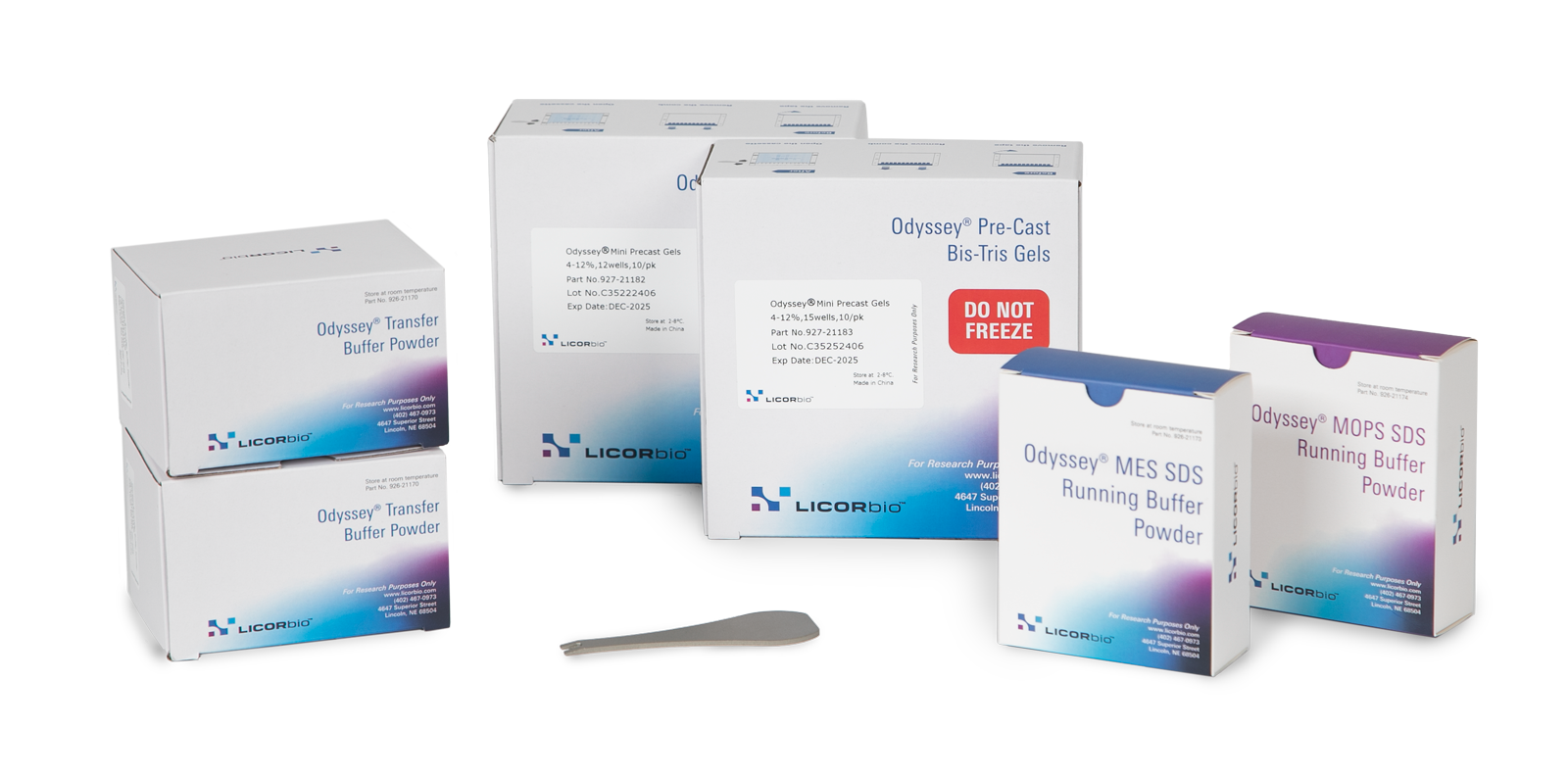Best Practices for Quantitative Western Blot Data Analysis
Your research findings are rooted in the accuracy of measurement and analysis of your experimental data. Don’t let image analysis software features compromise the validity of your data.
As publishers and funding agencies revise guidelines on data submission, you need to be aware of how these changes affect the way you analyze your Western blot data. We have outlined a list of best practices to get you started; however, be sure to review specific journal guidelines prior to data submission.
Image AnalysisImage Data Submission
Image Analysis
Use software designed for Western blot analysis that is compatible with your detection system. Images acquired on LI-COR instruments should be analyzed using Empiria Studio® Software or Image Studio Lite.
Don't use software that is not compatible with your detection system. Images acquired on LI-COR instruments should be analyzed using Empiria Studio® Software or Image Studio Lite.
Perform all data analysis using the native “RAW” file format (typically 16-bit or higher TIFF file).
Don't export “RAW” image files in a universal format (e.g. JPEG, PNG, etc.) to import into another software package for analysis. These modified file formats are 8- or 24-bit images for use in slide presentations. They do not contain the entire depths of signal information required for data analysis. Files can be exported in TIFF or other formats after data analysis is complete.
Minimize image processing on the original data image (e.g. rotation, noise filtering, background removal, etc.).
Use optimum background subtraction method.
Don't perform any image processing (background removal, filtering, etc.) that could alter your original data. Many software packages will indicate if original data is being modified, but not all do (e.g. Photoshop, ImageJ).
Don't use any software function that allows unequal brightness/contrast adjustments to the image.
Image Data Submission
Ensure that the image file displays weak bands as well as strong bands (i.e., the full tonal range) when submitting image data for publication.
Don't adjust brightness and contrast settings to hide bands when submitting image data for publication.
Don't use software features and adjustments to hide image blemishes in the background.
Use the same brightness and contrast display settings for images that will be spliced together. Indicate where spliced images connect by using a dividing line at the splice junction.
Don't splice images with different brightness and contrast settings, or without indicating where the spliced images connect.
Export a high-resolution TIFF image for the print copy for the journal. This needs to have a printing resolution of at least 600 dpi.
Ensure that the native “RAW” file format of your data images are available to submit to the publisher upon request. This is your most important file for your experiment.
Don't export low resolution or non-TIFF file formats (e.g., JPEG, PNG) for publication. Low-resolution images can get pixelated and non-TIFF file formats are susceptible to data loss and change.
